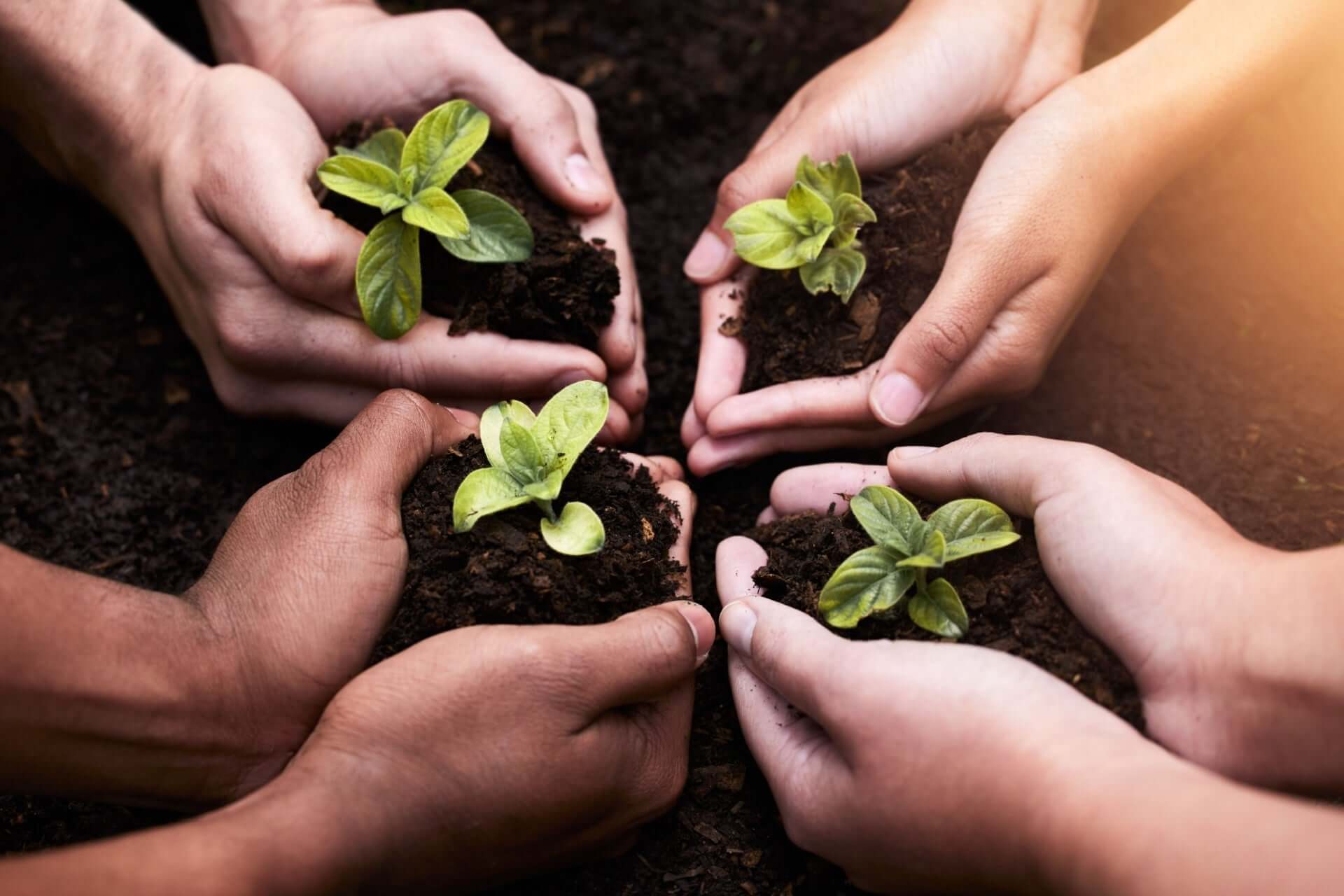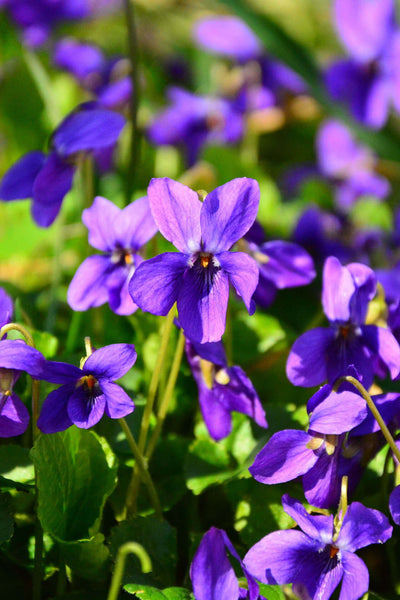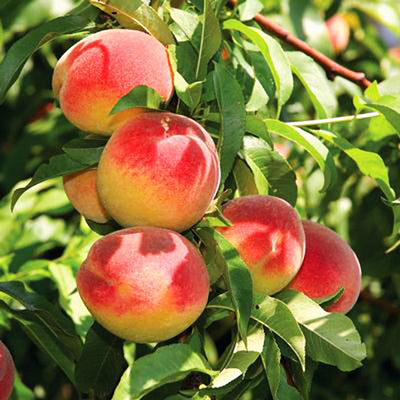Community gardening is a process that goes beyond planting plants. It means cultivating unity by promoting biodiversity, bonding and a sense of community. Community gardens will become a living ecosystem that people will collaborate with creating harmony and sustainability and enjoy the fruits of nature.
This guide discusses how communal gardening initiatives may empower communities and improve environmental well-being whether you are a first-time gardener or an experienced gardener.
What Is Community Gardening and Why Does It Matter?
A community garden is an open area in which people congregate to plant vegetables and fruits, herbs, and flowers. These gardens are a way of turning unwanted lots or open areas into valuable green areas to nourish the body and soul.
Community gardening is important in that it fosters cooperation, improves access to local food, and strengthens the feeling of belonging. Food access community gardens can be used to fill the gap in the neighborhoods where fresh produce is not accessible. It is possible to produce abundance with thoughtful designs of community gardens even on small plots, and this enhances local ecology.
Through the fertilization of soil using compost, organic matter, and useful microorganisms, gardeners provide sustainable conditions that increase the health of roots and biodiversity. Additions like Sweet Violet, which are easy to provide, add color and smell and pollinate, are suitable additions to any shared garden bed.
Community Gardening as a Path to Neighborhood Unity
At its simplest, community gardening reinforces human relationships to no lesser a degree than it fosters flora. Neighbors grow trust and empathy when they plan, plant and harvest in common. Joint projects cause the strangers to become a team, and the social ties begin to be established on the mutual pace of development.
Small gardens are big in what they can produce. They are living classrooms, and children learn about food systems, sustainability, and nature treatment. There are also several community garden projects whose pollinator zones or rain gardens provide both habitat to bees and butterflies and enhance the local ecology, as well as improving the aesthetics of the areas that they serve.
Early successional plants, e.g. fast growing grasses and wildflowers, are useful to plant new harmonious gardens in order to take root quickly. They enhance the soil structure, invite useful insects and leave room to more durable plants to grow in future.
How to Start a Community Garden in Your Area ?
Community garden initiation is a planning, patient, collaborative process but it is well rewarded.
- Get Support: Plan with interested neighbors or local organizations on goals. Determine the type of garden you desire: a food-oriented, pollutant-friendly, or educational garden.
- Locate Appropriate Land: Search unutilized areas or request local councils about empty lots. The site should be tested to determine whether it is safe to plant or not.
- Design Wisely: Add composting, water, and pathways. Plant beautiful and harmonious garden designs that are balanced with sunlight, scent, and color to give aesthetic and ecological enjoyment.
- Designate Responsibilities: Form maintenance, harvesting and community outreach teams. Cross ownership ensures that the momentum is high all-year round.
Planting perennials like Partridgeberry would promote greenery and ground cover all year round. These short plants save moisture, hold down soil and enhance the garden unity with minimum care.
The Key Benefits of Gardening Together
Communities thrive when individuals are taught to work in their gardens. The dividend consists in much more than the harvest:
- Better Food Security: A community garden with fresh foods will supply healthier food in low-grocer communities and allow local families to utilize it.
- Social Connection: The community fosters dialogue and collaboration in common areas alongside building neighborhood relationships.
- Environmental Enrichment: Gardens promote air and water quality, runoff reduction, and pollinators by improving soil structure and promoting the diversity of microbes.
- Physical and Mental Health: Gardening helps lower stress and encourages exercise, as well as gives a person a profound feeling of achievement.
Fruit bearing trees will add value to a garden in the long term (e.g. Peach Trees). They are the pillars in the community garden projects where they will provide shade, seasonal beauty and healthy fruits, which will propagate automatically over time and which mix early successional plants with long-lived vegetation forms a resilient ecosystem.
FAQs
What is a community garden?
A community garden is a common area of land where individuals gather to cultivate fruits, vegetables, herbs, and flowers in individual or a single and large space. It may be situated in a neighbourhood, school, church, or a common place, and typically the gardeners tend to it themselves, by mutual agreement and shared responsibility, under agreed-upon guidelines.
Why is community gardening important for unity?
Community gardening is significant in terms of unity as it provides a group of people with a common objective that is to bring about a beautiful and productive environment that people can enjoy. Collaboration in planting, watering, weeding, and harvesting leads to trust, lessened social isolation, and prompts dialogue among individuals who would not otherwise interact.
How can I start a community garden?
The first step to initiating a community garden is to discuss it with friends, neighbors, or local organizations to ensure that there is a sufficient interest to jointly work and share the produce. The second step is to find a good piece of ground that receives good sunshine, that has safe soil, water supply, and finally a small planning group should be formed to work out the layout, define a few basics and to organize work such as composting, path building and seasonal clean ups.
What are the benefits of participating in a community garden?
Engaging in a community garden has practically useful effects such as availing fresh and seasonal foods and the opportunity to acquire new skills, including composting and seed planting, as well as organic pest management.
What plants work best in a community garden?
The best plants for a community garden are those that are productive, relatively easy to grow, and suited to your local climate, such as tomatoes, leafy greens, beans, herbs, and pollinator-friendly flowers.




